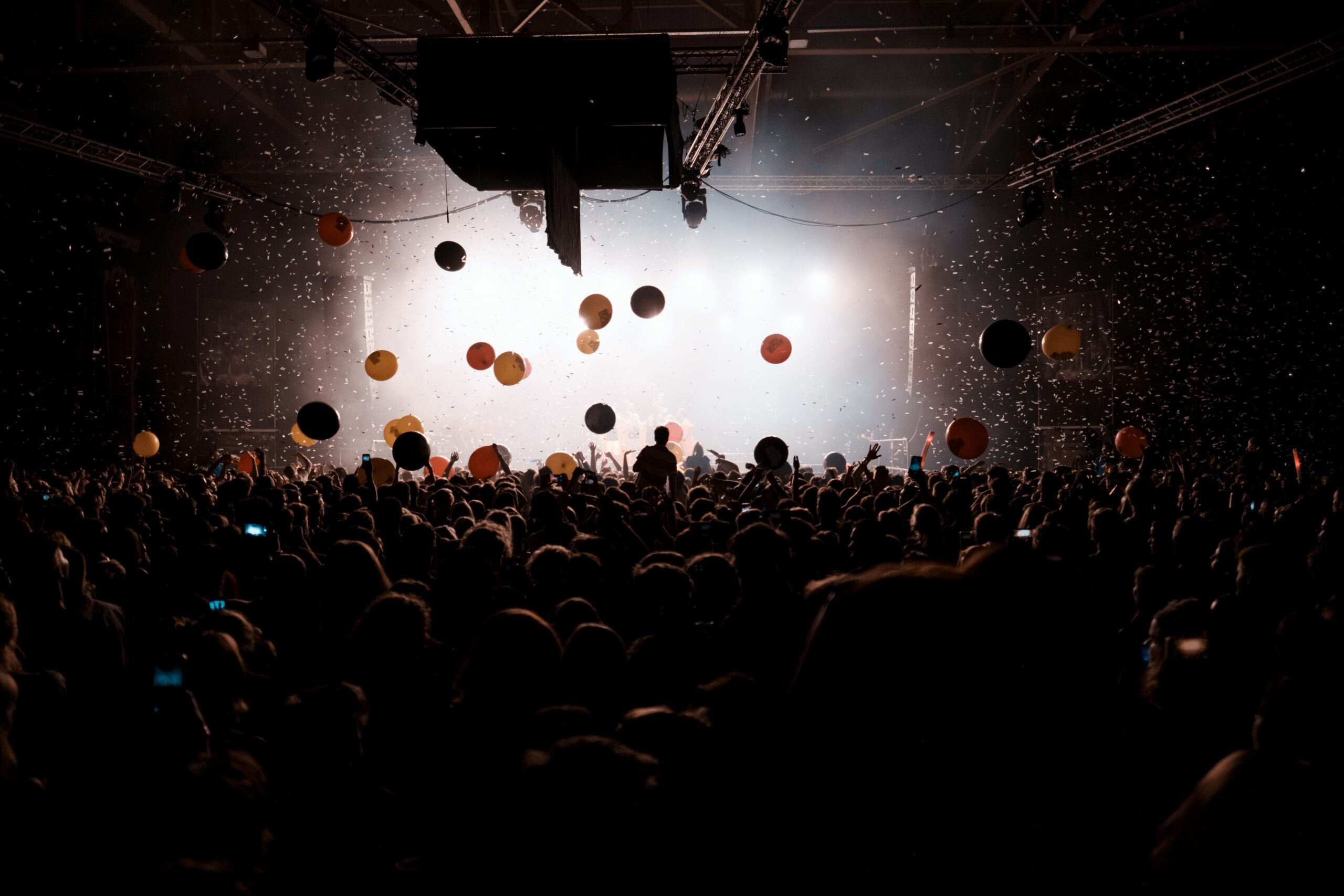
Theatre is more than entertainment. It’s a living, breathing art form. You can watch a film or a streaming show at home. But sitting in a theatre, surrounded by strangers, watching a story unfold in real time, is different. It’s an experience that streaming cannot fully capture.
The Energy of a Shared Moment
When you walk into a theatre, you enter a space charged with expectation. The air feels different. You’re not alone in your living room. You’re part of a community, even if just for a few hours. Every cough, every laugh, every gasp—these reactions ripple through the audience. They create an energy that belongs only to that night.
Streaming offers convenience, but it’s isolated. You can pause the action, scroll your phone, or walk away. In theatre, you commit to the moment. You can’t rewind a scene you missed. You can’t skip ahead. The immediacy forces you to focus. That’s part of its magic.
Performers and Audience in Dialogue
In the theatre, performers and audience share a unique relationship. Actors can feel the room’s mood. They adjust their pacing, tone, and presence based on your reactions. If the crowd laughs longer, the actors wait. If the atmosphere feels tense, they lean into it.
Streaming shows are locked in. No matter how many times you watch, they never change. A live performance breathes. It evolves night to night. No two shows are the same. That’s why people return to see the same play multiple times—it’s never identical.
The Risk of the Live Moment
Theatre thrives on unpredictability. A forgotten line, a technical hiccup, or an improvised gesture can change the scene. Sometimes, these moments become the highlight of the night. The audience witnesses something no one else ever will.
Streaming is polished. Every shot is edited. Mistakes are cut. But those flaws, those sudden surprises, are part of what makes live theatre thrilling. You feel the risk in the room. That’s where true connection happens—when performers trust themselves to be vulnerable before you.
The Sound of Silence and Applause
Few sounds compare to a standing ovation. It’s not just noise. It’s gratitude, admiration, and shared joy wrapped into one. The applause is a conversation between the audience and the cast. It says, “We saw you. We felt what you gave us.”
Streaming can’t give you that. Sure, you might clap at home, but the actors can’t hear you. They can’t lock eyes with you, sweaty and breathless from the final scene. Theatre offers that direct acknowledgment, and it’s irreplaceable.
The World Outside Disappears
When the lights dim in a theatre, the outside world fades. You’re not checking notifications or scrolling feeds. You’re inside the story.
Streaming, no matter how good the show, can’t fully shut out distractions. A text pings. The kettle whistles. The dog barks. But in theatre, the focus is pure. The world could turn upside down outside those walls, and for two hours, you wouldn’t notice.
A Ritual Older Than Film
Theatre has existed for thousands of years. Long before film and streaming, people gathered to tell stories on stage. It’s a human instinct—to watch and listen together. That history carries weight.
Sitting in a theatre connects you to countless audiences before you. The same stage where tonight’s actors stand might have seen dozens of casts, hundreds of performances, and thousands of emotions. That sense of continuity makes each performance feel part of something bigger.
Why Theatre Still Matters
Streaming is here to stay. It offers access, comfort, and choice. But it can’t replicate the full sensory impact of live theatre. The smell of the stage paint. The shuffle of programs before the curtain rises—the shared laughter of strangers.
These are the small details that make theatre unforgettable. You leave with more than just a memory of the story. You carry the feeling of having been part of something alive, something that happened only once, and will never happen the same way again.